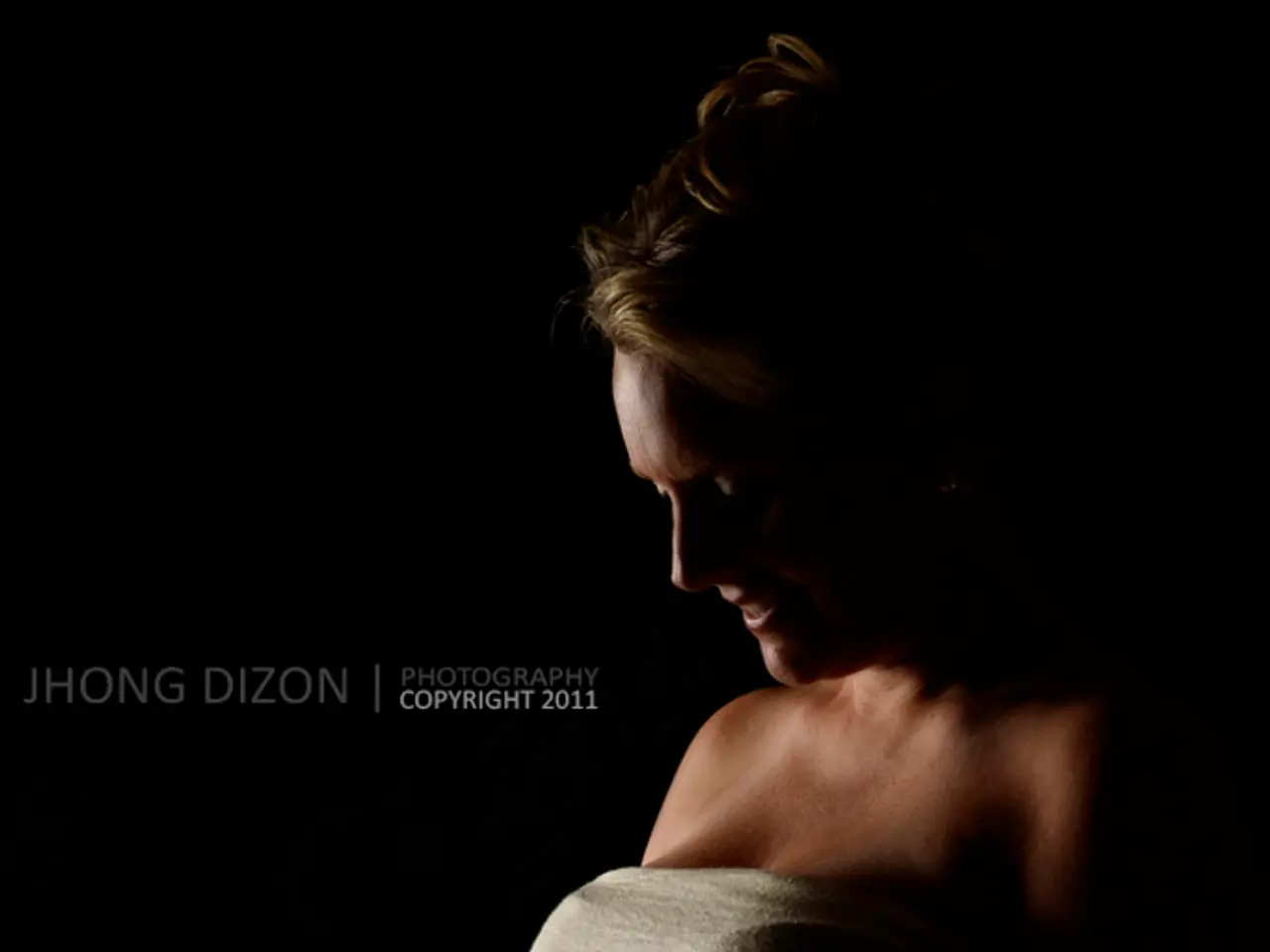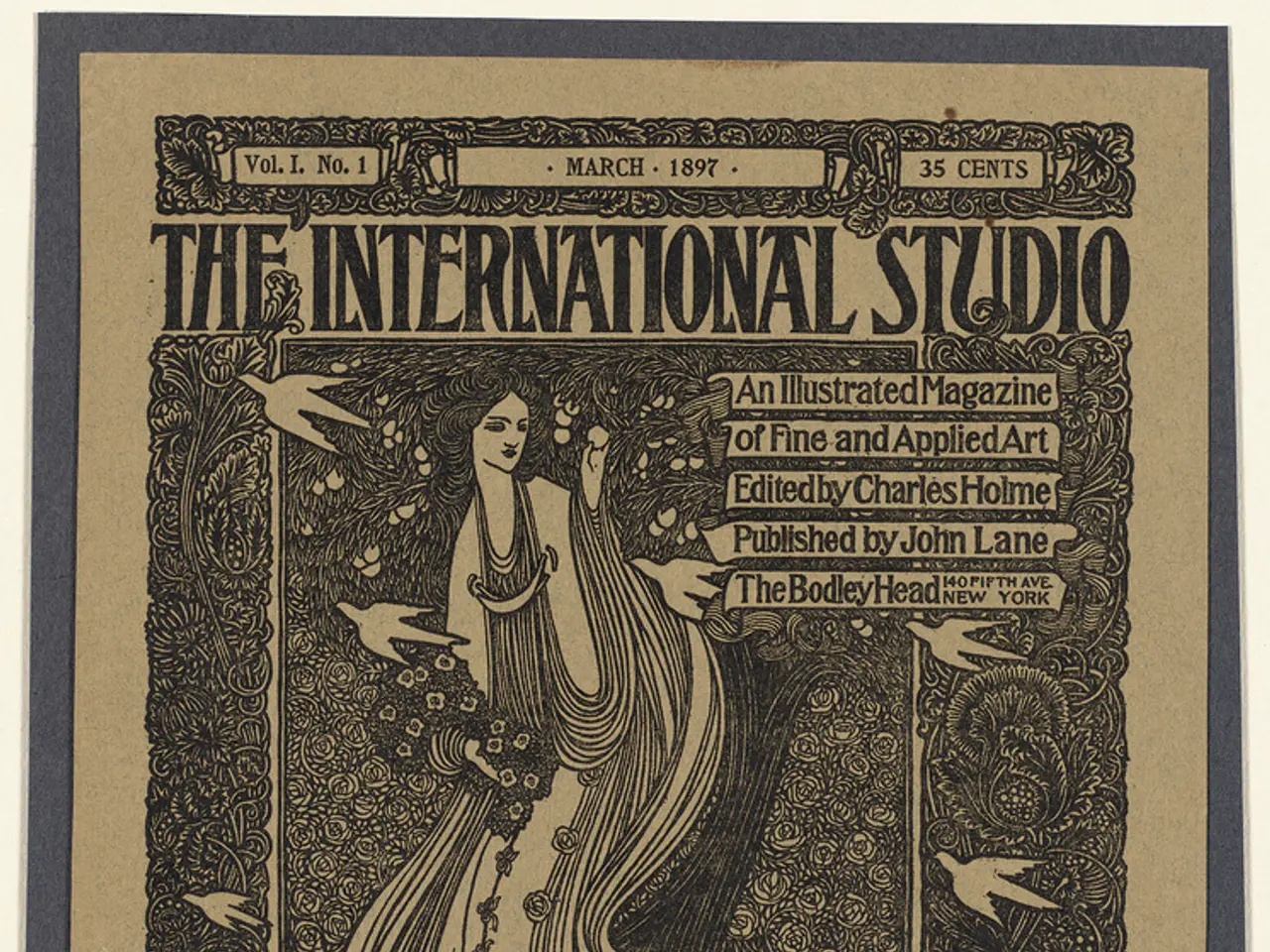Movie roles for middle-aged women showcase empowerment and inspiration
In a refreshing shift, Hollywood films are increasingly featuring middle-aged women as central characters, breaking away from traditional stereotypes and challenging societal perceptions of aging and beauty. This evolution in storytelling is not only significant for the cinematic landscape but also for the broader cultural narrative.
By placing middle-aged women at the forefront, these films help break stereotypes that often portray older women as less capable or less desirable. Movies like Maggie Gyllenhaal's adaptation of Elena Ferrante's novel, featuring Olivia Colman, show complex characters navigating personal crises, challenging the typical portrayal of women in Hollywood.
These films often give middle-aged women agency, allowing them to explore themes of identity, family, and personal growth. This representation counters ageist narratives that diminish the value and contributions of older women. For instance, "The Intern" and "Little Women" highlight powerful female roles, showcasing mature actresses in substantial, representative cinema.
The shift promotes diversity in storytelling, offering a broader range of roles and experiences for actresses who might otherwise be relegated to secondary or stereotypical parts. This diversity enriches the cinematic landscape and provides more relatable characters for a wider audience.
By featuring middle-aged women in leading roles, these films challenge the long-held beauty standards that prioritize youth. They show that beauty and appeal can be ageless, promoting a more inclusive view of attractiveness. For example, "The Substance" explores ageism and sexism in the entertainment industry through the portrayal of Elizabeth Sparkler, a washed-up actress turned fitness video star, played by Demi Moore.
Traditional depictions of older women often rely on stereotypes such as the "overbearing mother" or "neglectful grandmother." New films are redefining these roles, presenting nuanced and complex characters that defy these stereotypes. "Nightbitch" masterfully blends drama, comedy, and magical realism to create a powerful allegory about societal expectations placed on women, especially those grappling with the challenges of motherhood, with Amy Adams in the lead.
These films empower middle-aged women by exploring their experiences, desires, and challenges. They explore themes of identity, independence, and personal fulfillment, further challenging societal perceptions that women's lives become less meaningful with age. For instance, "The Last Dance" confronts the objectification of female beauty, social status, and the challenges of aging in an industry that values youth and beauty above all else, with Pamela Anderson playing Shelley, an experienced dancer grappling with the loss of her youthful appeal.
The rise of films featuring middle-aged women in lead roles represents a broader cultural shift towards authenticity and representation in art. The momentum behind these powerful middle-aged focused narratives is just beginning, with endless possibilities for filmmakers to push boundaries and challenge the status quo.
Many of these films feature iconic actresses whose personal histories and experiences with objectification and ageism in the industry add an extra layer of depth and authenticity to their performances. The transformative power of storytelling is showcased in these films, as they challenge societal perceptions and demand a necessary cultural reckoning.
Filmmakers can contribute to the rise of mature women in leading roles by casting women of middle age in lead roles, writing detailed scripts, and marketing to diverse demographic groups. The representation of women over 40 in film provides realistic role models, fosters empathy, and supports gender diversity in storytelling across dramatic and comedic genres.
These films grapple with broader cultural attitudes towards systemic ageism and sexism that have long plagued the entertainment industry and society at large, demanding a fundamental shift in how we perceive and value women as they age. The cinematic Renaissance surrounding women of middle age is not just about entertainment - it's about a fundamental shift in how we perceive and value the life experience of women as they age.
What if these films, while entertaining us, also challenge societal perceptions of health-and-wellness and aging? For instance, "The Substance" delves into ageism and sexism in the entertainment industry, highlighting the struggles faced by older women.
Moreover, these movies often explore themes of science and personal growth, such as in "Little Women," where mature actresses play powerful roles that question traditional beauty standards.
Lastly, these films offer a fresh take on entertainment, moving beyond coincidental leading roles and into meaningful, authentic portrayals of life stages, as evidenced in "Nightbitch," where Amy Adams portrays a woman grappling with societal expectations and challenges of motherhood.




